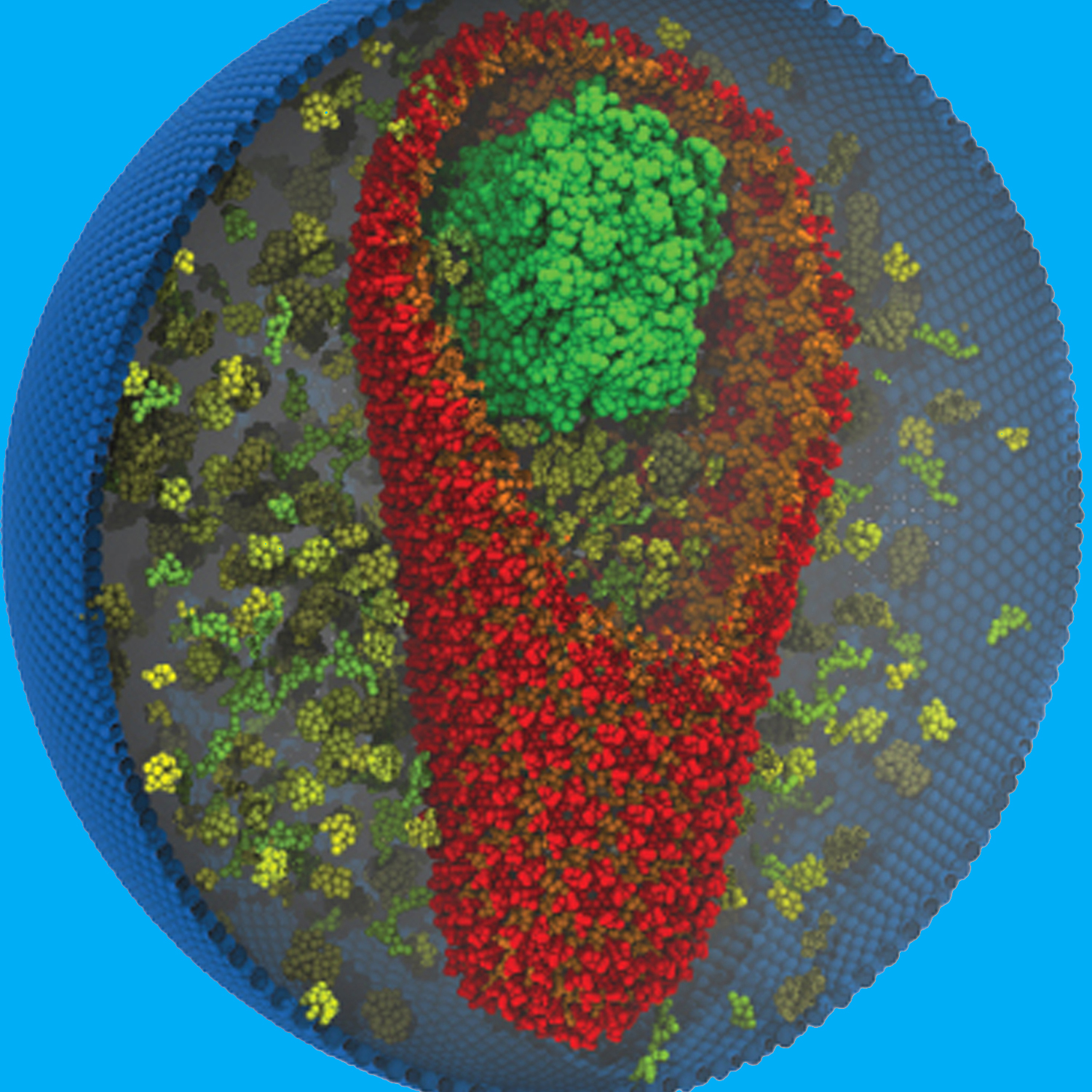Abstract: Molecular modeling on computers can provide great benefits to society in a wide range of fields, such as medicine and the production and storage of renewable energy. It is a powerful tool that provides a window into the chemical world that is unparalleled in its ability to visualize the nano- and sub-nano environment. As one example, in the biological realm proteins are known to be highly dynamic molecules with motions intimately related to their biological functions. Through multiscale computer simulation, scientists are now able to individually track the movement of every atom over time, bridge that information upward in length and time scale, and make use of this highly detailed information to help understand the workings of the living cell, the origins of disease such as HIV, and the design of more effective therapies. This program will highlight the fundamental techniques of multiscale computer simulation and visualization as a tool for cutting-edge research in the sciences and discuss the implications and future societal impact of such investigations.
Discounted parking will be made available to the first 150 attendees at 222 E. Huron St.
Fees Apply:
Entry: C2ST members and Center for Chemical Innovation affiliates free / $10 non-members / $5 students
Lunch: $15 RSVP required
RSVP REQUIRED – Register at C2ST’s event registration site
Speaker:
Gregory A. Voth is the Haig P. Papazian Distinguished Service Professor of Chemistry at the University of Chicago. He is also a Professor of the James Franck Institute and the Institute for Biophysical Dynamics, as well as a Senior Fellow of the Computation Institute and a Senior Scientist at Argonne National Laboratory. He received a Ph.D. in Theoretical Chemistry from the California Institute of Technology in 1987 and was an IBM Postdoctoral Fellow at the University of California, Berkeley from 1987-89. He is the author or co-author of approximately 400 peer-reviewed scientific articles and has mentored approximately 150 postdoctoral fellows and graduate students. His research interests include: Multiscale Theory and Simulation of Biomolecular and Soft Matter Systems; Proton and Charge Transport Processes in Chemistry, Biology, and Materials Science; Computer Simulation and Modeling of Complex Liquids and Solvation Phenomena; and High Performance Scientific Computing.
